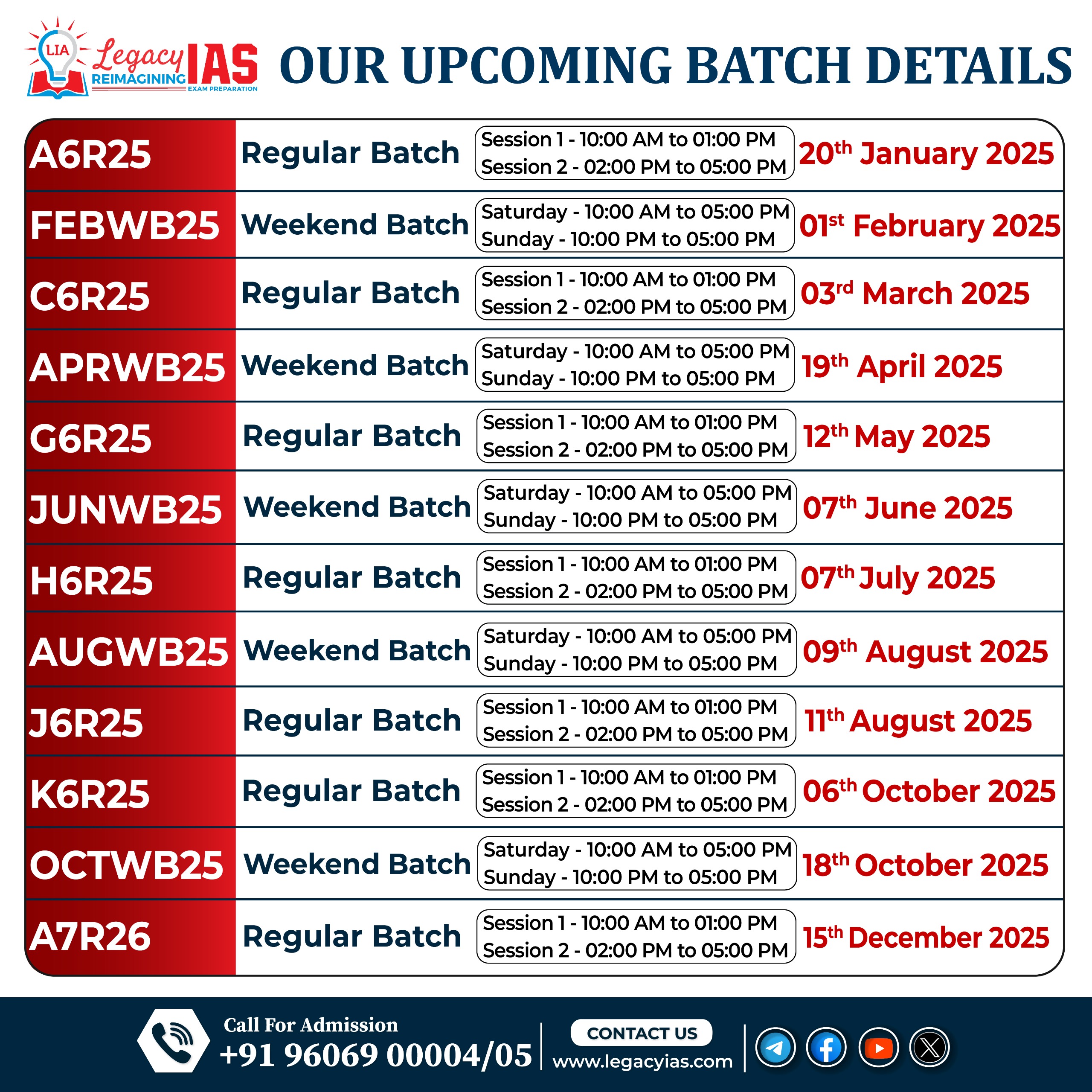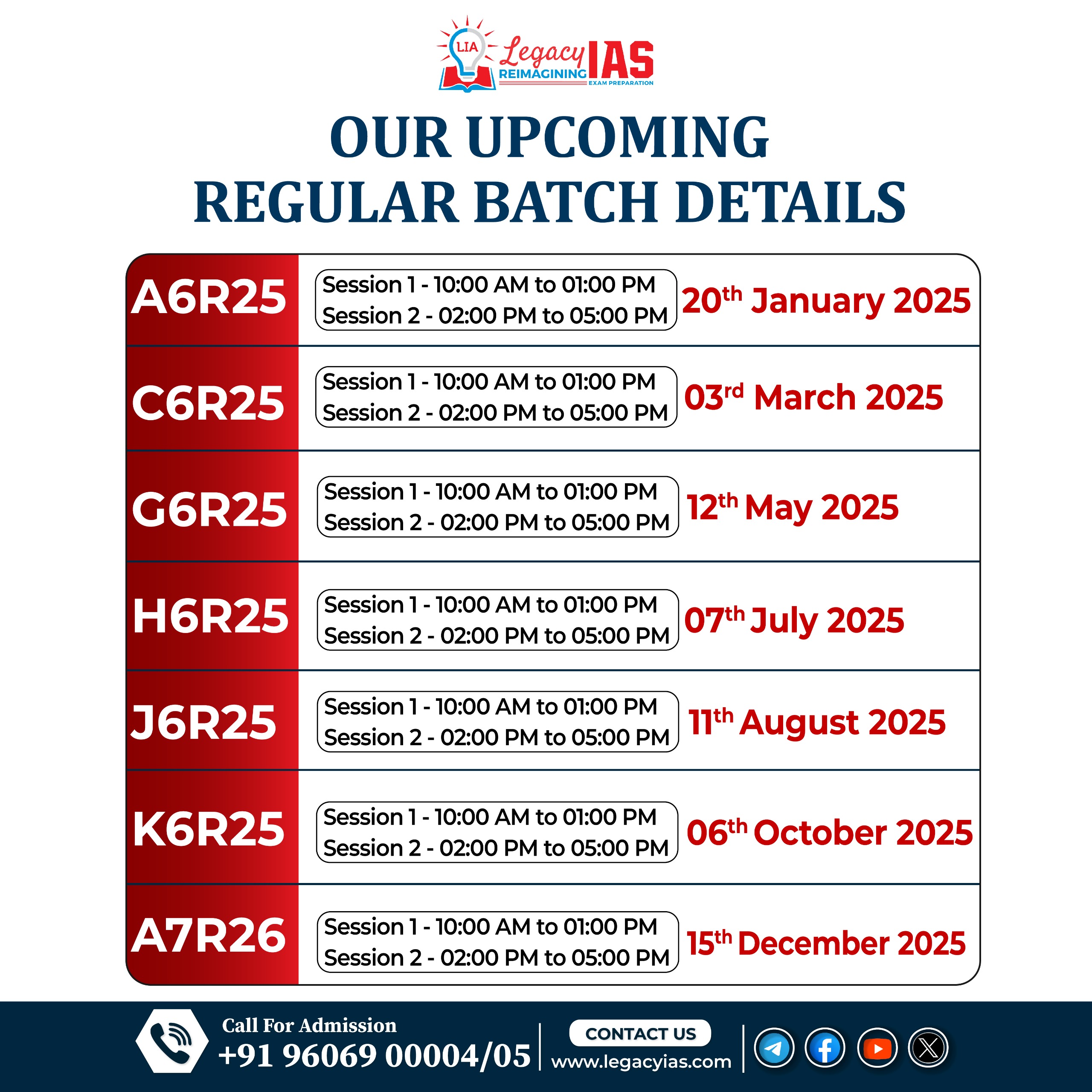Focus: GS-I Art and Culture
Introduction
- Temples like Srirangam and the Varadaraja temple in Kanchi are governed by the Pancharatra agama.
- Ratra denotes ajnana, and pancha denotes that which destroys ajnana.
- Lord Narayana has five forms — Para, vyuha, vibhava, antaryami and archa — and hence the name Pancharatra.
- Ratra also means jnana (knowledge).
- Jnana is of five types, and this is called artha panchakam.
- Ahirbuddhnya Samhita says the qualities of the five forms of Vishnu are described in the Pancharatra agamas, and that is why they are so called.
- The Divya Prabandham abounds in pasurams, where Vishnu is referred to as koothan (dancer).
- The Pancharatra Agamas make it clear that dance is an important part of worship in Vishnu temples.
What is Pancharatra Agama?
- The “Pancharatra Agama” is one of the religious texts that describe practical and theoretical concepts for those who follow the Hindu school of philosophy known as Vaishnavism.
- Although there are believed to be more than 200 Vaisnava agamas, the “Pancharatra Agama” is thought to be the most authoritative by many scholars.
Pancharatra
- Pancharatra was a religious movement in Hinduism that originated in late 1st millennium BCE around the ideas of Narayana and the various avatars of Vishnu as their central deities.
- The movement later merged with the ancient Bhagavata tradition and contributed to the development of Vaishnavism.
Agamas
- Agamas are a special class of Hindu religio-philosophical literature handed down through a succession of teachers from the most ancient days.
- Of the three kinds of Agamas, the Saiva, the Sakta (or the Tantra) and the Vaishnava.
-Source: The Hindu




